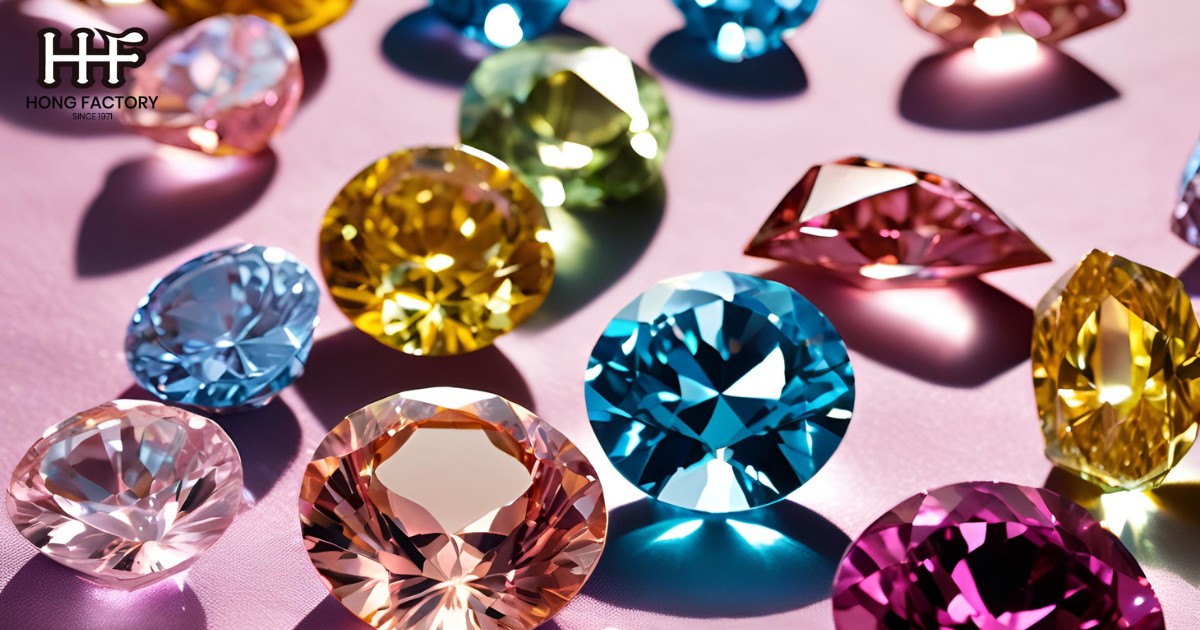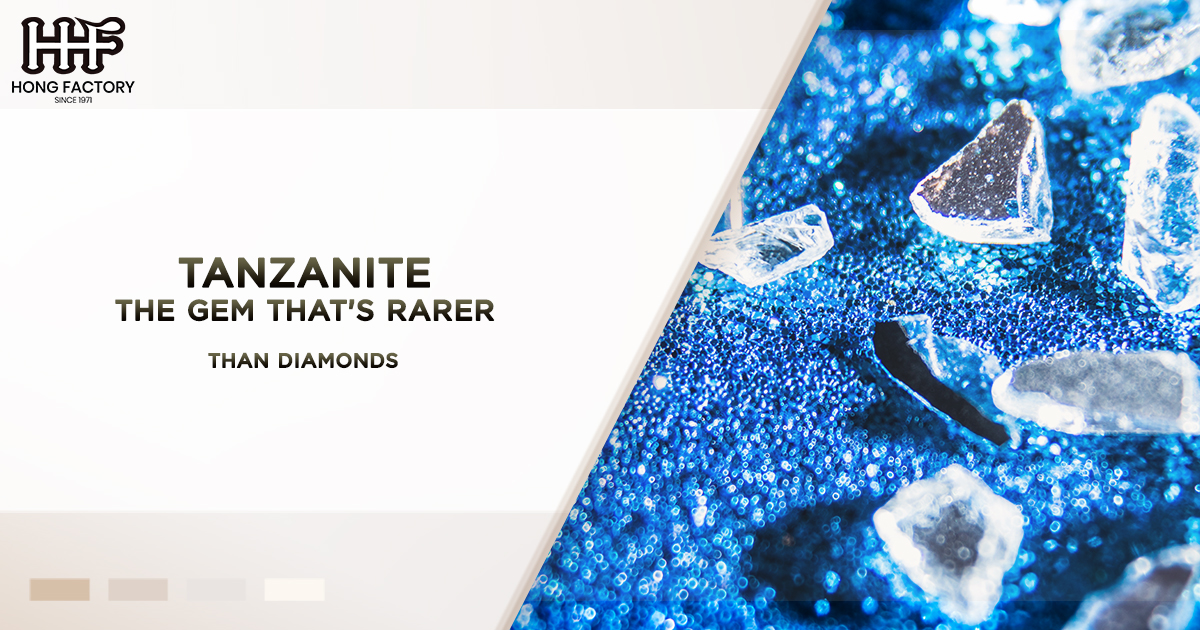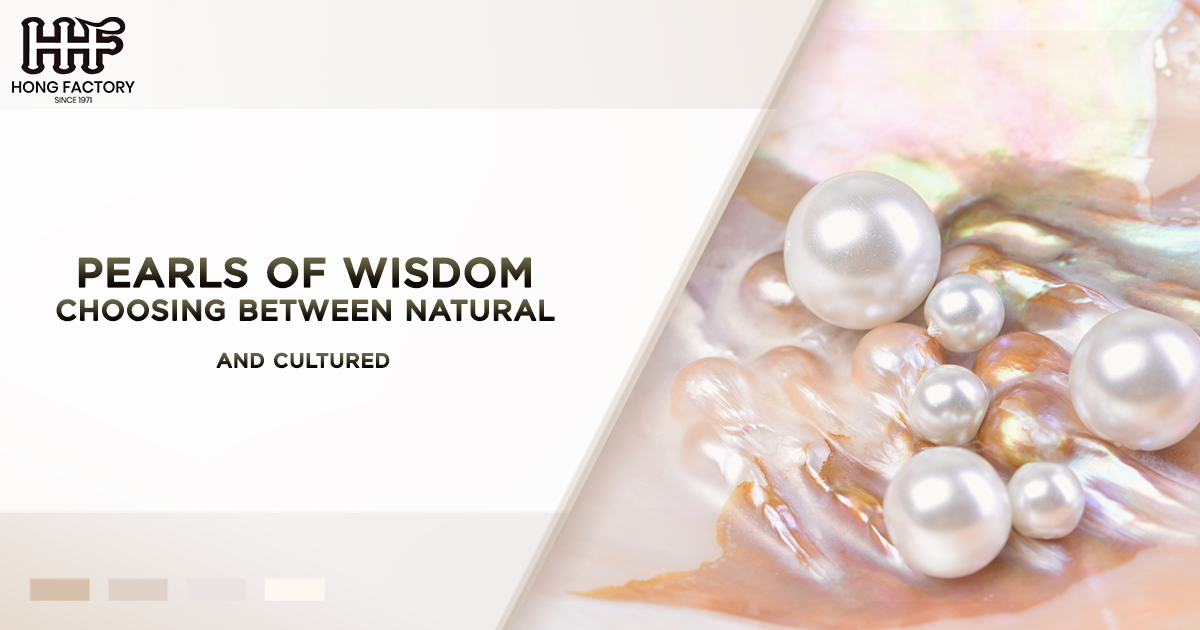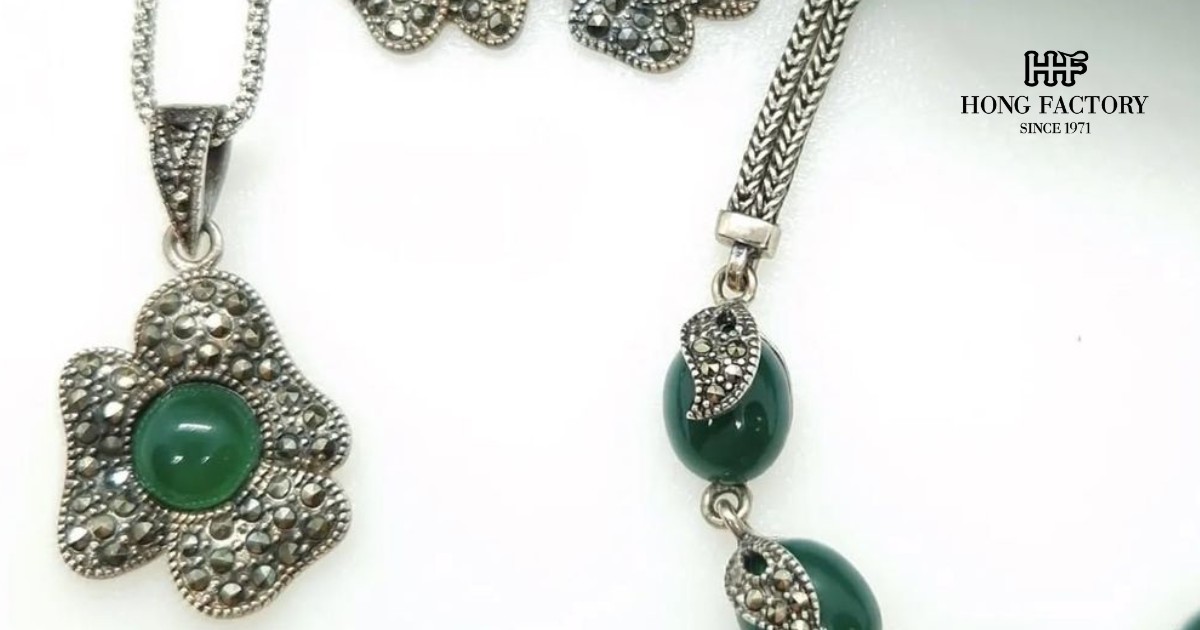In the world of precious gems, colored diamonds stand out as some of the most captivating and sought-after treasures. These rare beauties, also known as fancy diamonds, offer a spectrum of hues that go beyond the traditional colorless stones. This comprehensive guide will delve into the fascinating world of colored diamonds, exploring their color classifications, rarity factors, price variations, and investment potential.
Color Classifications – A Spectrum of Brilliance
Colored diamonds come in a stunning array of hues, each with its own unique charm and value. The Gemological Institute of America (GIA) classifies colored diamonds into several main categories
- Yellow and Brown – The most common fancy colors
- Pink and Red – Highly prized and extremely rare
- Blue – Coveted for their cool, tranquil beauty
- Green – Among the rarest of fancy colored diamonds
- Orange – Vibrant and exceptionally scarce
- Purple – Mysterious and highly valuable
- Black – Opaque diamonds with a unique appeal
Within each color category, diamonds are further graded based on their intensity and saturation. The GIA uses terms like Faint, Very Light, Light, Fancy Light, Fancy, Fancy Intense, Fancy Vivid, and Fancy Deep to describe the strength of color in these gems.
Rarity Factors – What Makes Colored Diamonds So Special

The rarity of colored diamonds is one of the primary factors contributing to their allure and value. Several elements influence the scarcity of these gems
Natural Formation Process
Colored diamonds owe their hues to the presence of trace elements or structural anomalies in their crystal lattice. For instance
- Yellow diamonds contain nitrogen
- Blue diamonds contain boron
- Pink and red diamonds are thought to result from intense pressure during formation
The specific conditions required to create these color-causing factors are extremely rare, making naturally colored diamonds exceptionally scarce.
Geographic Distribution
Colored diamonds are found in only a handful of locations worldwide, further contributing to their rarity. Some notable sources include
- The Argyle mine in Australia, famous for its pink diamonds (now closed)
- South Africa, known for its yellow diamonds
- India, the source of the famous blue Hope Diamond
Size and Intensity
Large colored diamonds with intense, vivid hues are particularly rare. As the size and color intensity increase, the rarity and value of the diamond grow exponentially.
Price Variations – A Rainbow of Values
The pricing of colored diamonds can vary dramatically based on several factors
Color
The color of a diamond is the most significant factor in determining its value. Generally, the more intense and rare the color, the higher the price. For example
- Red diamonds are the rarest and most expensive
- Pink and blue diamonds command very high prices
- Yellow diamonds, while still valuable, are relatively more affordable due to their higher abundance
Clarity and Cut
As with colorless diamonds, the clarity and cut of colored diamonds also impact their value. However, color typically takes precedence over these factors in fancy colored diamonds.
Size
Larger colored diamonds are exponentially more valuable due to their extreme rarity.
Market Demand
The popularity of certain colors can fluctuate based on fashion trends and cultural preferences, influencing prices accordingly.
To illustrate the price variations, consider that while a high-quality one-carat colorless diamond might sell for $15,000 to $30,000, a one-carat fancy vivid pink diamond could fetch over $300,000.
Investment Potential – A Colorful Opportunity
Colored diamonds have gained recognition not only for their beauty but also for their investment potential. Several factors contribute to their appeal as an investment
Increasing Rarity
With the closure of key mines like Australia’s Argyle mine, the supply of natural colored diamonds is becoming increasingly limited, potentially driving up future values.
Historical Price Appreciation
Over the past decades, colored diamonds have shown strong price appreciation, outperforming many traditional investment vehicles.
Portability and Privacy
As a high-value, compact asset, colored diamonds offer portability and privacy that many other investments cannot match.
Emotional Value
Unlike stocks or bonds, colored diamonds provide aesthetic pleasure and can be worn and enjoyed while potentially appreciating in value.
However, it’s important to note that investing in colored diamonds requires expertise and caution. Factors to consider include
- Authentication – Ensure the diamond is natural and its color is not artificially enhanced
- Certification – Only purchase diamonds with reputable certifications, preferably from the GIA
- Market knowledge – Stay informed about market trends and pricing
- Long-term perspective – Colored diamonds are typically considered a long-term investment
Tips for Investing in Colored Diamonds
To make the most of your colored diamond investment, follow these expert tips
- Buy Certified Diamonds
Always purchase diamonds with a GIA certificate to ensure their authenticity and accurate diamond grading. This protects you from potential fraud or misrepresentation.
- Prioritize Rarity
Invest in diamonds with rare hues and high saturation levels, as these are more likely to appreciate in value. Pink, blue, and red diamonds are particularly strong choices.
- Work with Reputable Dealers
Choose trusted jewelers or auction houses with experience in fancy diamonds. They can guide you in selecting high-quality stones that align with your investment goals.
- Consider Resale Value
Look for diamonds with strong market appeal and proven resale value. Opt for classic shapes like round or cushion cuts, which tend to hold their value better.
- Think Long Term
Colored diamond investment often yield the best returns over the long term, so patience is key. View your purchase as a generational asset rather than a short-term flip.
Conclusion
Colored diamonds represent a fascinating intersection of natural wonder, luxury, and potential investment opportunity. Their rarity, beauty, and value make them highly sought after by collectors, connoisseurs, and investors alike. Whether you’re drawn to the fiery passion of a red diamond, the serene beauty of a blue stone, or the sunny warmth of a yellow gem, colored diamonds offer a rainbow of possibilities.
As with any significant purchase or investment, it’s crucial to approach colored diamonds with knowledge and caution. Consult with reputable experts, obtain proper certification, and consider your personal goals and preferences. With the right approach, colored diamonds can be not just a stunning addition to your jewelry collection but potentially a valuable asset for the future.



